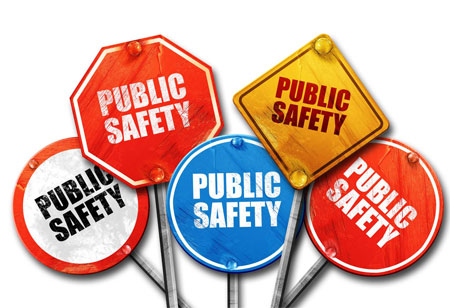THANK YOU FOR SUBSCRIBING
Be first to read the latest tech news, Industry Leader's Insights, and CIO interviews of medium and large enterprises exclusively from Gov CIO Outlook
THANK YOU FOR SUBSCRIBING

By
Government CIO Outlook | Tuesday, January 29, 2019
Stay ahead of the industry with exclusive feature stories on the top companies, expert insights and the latest news delivered straight to your inbox. Subscribe today.
The nursing and residential care facilities are parts of the healthcare. They provide residential care combined with nursing, supervisory, or other types of care as required by the residents. But there are various internal and external security concerns associated with assisted living employees who provide care for patients. Internal threat includes assault on staff, resident on resident violence, and elopement of residents. External threats can happen from trespassers or visitors, including assault, armed intrusion or theft. Residents with mental disorders are also vulnerable to thieves. Addressing these security concerns is a key task. Below are some ways to mitigate these concerns.
Implementing a patient visitor program can mitigate resident violence against staff members or other residents. As part of which patients or visitors who repeatedly have caused problems can be flagged. Staff should be trained for de-escalation and recognition and removal of potential weapons.
Customer service training helps in preventing complaints and avoiding hostile encounters. An electronic access control platform, visitor management, campus-wide video surveillance, and panic buttons can help mitigate risks arising from security lapses.
Visitor management and access control systems are important in reducing risks. Residents and their family members are recommended to be educated on protecting the valuables. An area should be provided for the staff members to keep their valuables in lockers.
Check it out - Top Safety and Security Solution Providers
Efforts for mitigating patient elopement should also be addressed. The suggested solutions can be ensuring sufficient staffing levels and reflecting resident acuity, performing proper elopement risk assessments, conducting routine safety inspections, and educating staff members about emergency response.
Providing safety and security to residents can be challenging, but facility administrators are responsible for recognizing the threats and vulnerabilities associated with the care facilities.
I agree We use cookies on this website to enhance your user experience. By clicking any link on this page you are giving your consent for us to set cookies. More info

However, if you would like to share the information in this article, you may use the link below:
www.govciooutlookapac.com/news/managing-risks-in-assisted-care-facilities-nid-429.html



